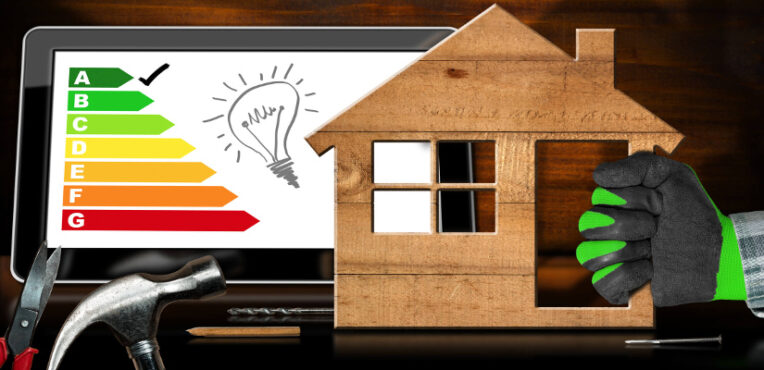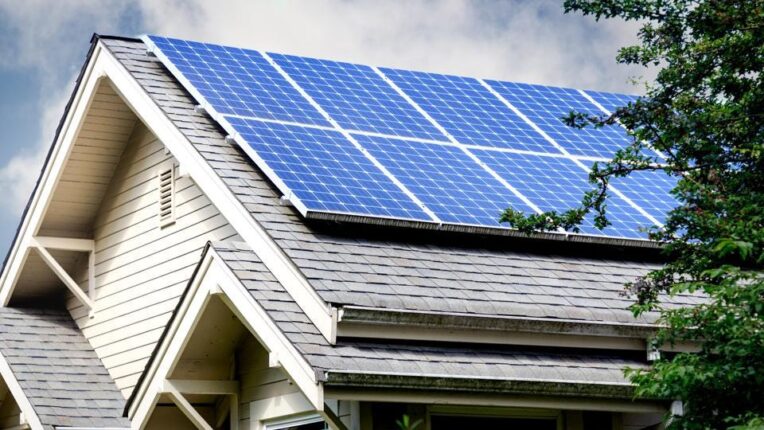There are a number of ways you can reduce your carbon footprint at home. Read on for more information on how to reduce your carbon footprint.
Homes in the United States now cost over $350,000. Although this has served as an obstacle for many homebuyers, others view it as a great opportunity.
Regardless of how much you pay for your home, there are certain obligations you should keep in mind.
Interestingly, many homeowners are unaware of how they can reduce their carbon footprint. We’ve put together a brief guide that has everything you need to know.
Let’s explore more information about how to reduce your carbon footprint at your home.
1. Minimize the Amount of Water Use

As you might guess, using less water leads to fewer emissions from water treatment plants.
Start by looking for ways to reduce your individual water use and look for appliances that are more efficient. This includes low-flow toilets, showerheads, and even simple things like turning off the tap when brushing your teeth or washing dishes.
Even slightly reducing the time you take to shower, wash dishes, etc. could allow you to save thousands of gallons of water each year. This goes a long way when it comes to minimizing your carbon footprint.
2. Install Energy-Efficient Appliances

Installing energy-efficient appliances is a great way to reduce your carbon footprint. Look for Energy Star-certified products, as these are designed to use less energy and water than traditional models.
Replacing older inefficient appliances with new models can pay huge dividends in the long run, helping you save money on utilities while reducing environmental impact.
Of course, you should also get in the habit of turning off appliances when you aren’t using them. Although it might not seem like much at first, this could help you drastically cut down on the energy that you use on a daily basis.
It’s also worth noting that energy-efficient appliances don’t always have to be expensive. Be sure to shop around different brands so that you can find a solution that works for you without hitting your wallet too hard.
3. Renovate Your Home

This is a more expensive option, but if you’re looking to go all-out on reducing your carbon footprint, renovating your home is the way to go.
Look for ways to increase insulation and make your home more airtight, thereby reducing energy costs and lowering your carbon footprint.
Additionally, you can replace traditional light bulbs with LED or CFL bulbs, which use less energy and last much longer.
4. Utilize Smart Technology
From thermostats and light bulbs to refrigerators and washing machines, there are a variety of products available that can help you reduce your carbon footprint at home. For example, smart thermostats can help you save energy by automatically adjusting your home’s temperature when no one is home.
As previously mentioned, LED light bulbs use significantly less energy than traditional incandescent bulbs, providing the same amount of light with much less power. Many smart bulbs utilize LED lights and are able to be controlled through an app or automation.
The more smart technology to integrate into your home, the more energy you will be able to save. So, keep this in mind when moving forward — it could be a quick and easy answer to your energy usage concerns.
5. Minimize Food Waste

Food waste is one of the most significant contributors to our carbon footprint.
By minimizing food waste, you can reduce the number of emissions associated with growing, transporting, and processing that food. Simple steps like meal planning, using leftovers, and composting organic material can all help us reduce our carbon footprints from food consumption.
Keep in mind that this could be difficult to start for those who are inexperienced. For instance, not everybody has the required knowledge to start their own garden.
With a bit of research, though, you will quickly find yourself on the path to minimizing food waste. These methods also provide access to fresh, high-quality food.
6. Recycle
Recycling is another great way to reduce our carbon footprint. Recycling can reduce the amount of energy and resources needed for creating new products.
Remember to check with your local waste management authority to find out what materials can be recycled in your area. You should also go out of your way to purchase products that are able to be recycled more than once.
In some cases, certain products may be infinitely recyclable. Regardless, going out of your way to recycle will make a large impact on your carbon footprint.
7. Take Advantage of Solar Panels

Solar panels are an increasingly popular way to generate clean, renewable energy from the sun. Installing solar panels can greatly reduce your home’s carbon footprint and save you money on your electricity bill. You can also take advantage of solar panels even if you don’t have a large budget by taking part in a community solar program.
For those unaware, community solar is a type of solar energy program in which a group of people invest in a single, large-scale solar panel system and share the benefits. Solar panel benefits can’t be overlooked, so put some serious thought into how you can take advantage of them.
You can check out this resource to learn more about a reputable solar installation company.
8. Footprint Is Easier Than It Seems
Sometimes, understanding how to reduce your carbon footprint can seem overwhelming. The above guidelines will help ensure that you avoid problems you may have otherwise dealt with.
Looking for other useful info that can help you out in the future? Be sure to check out the rest of our blog!
